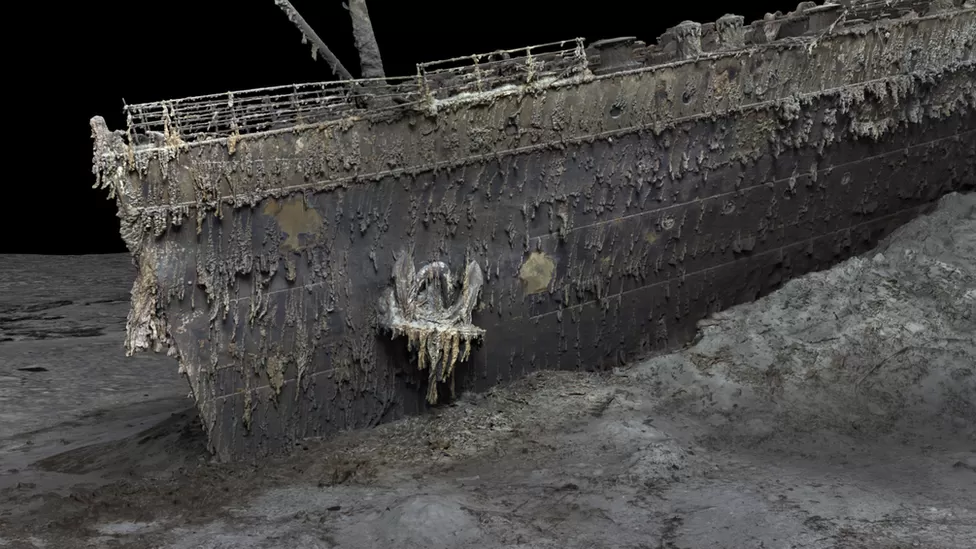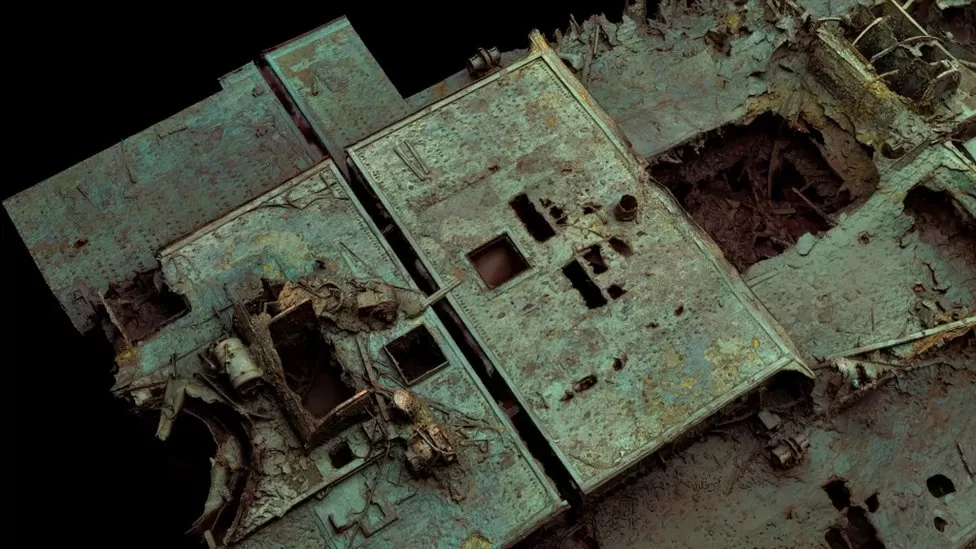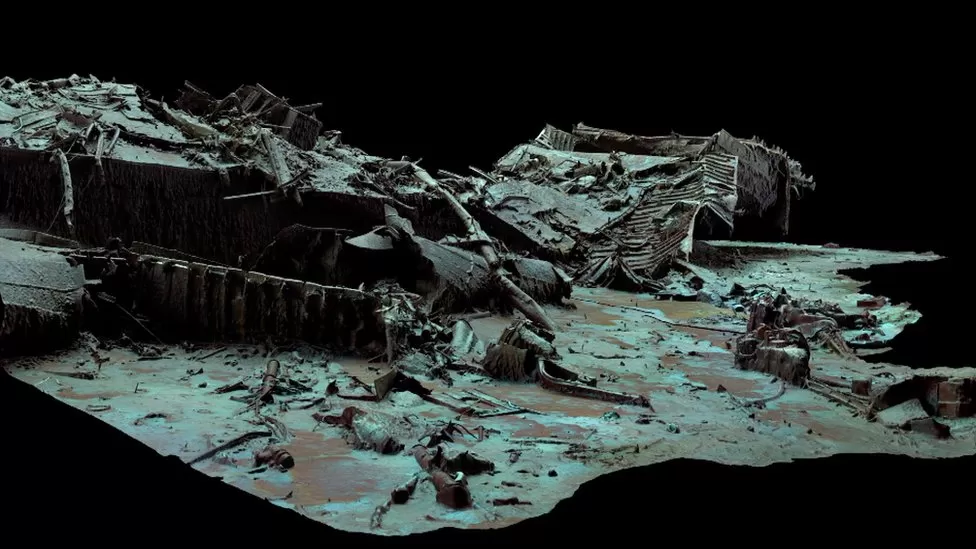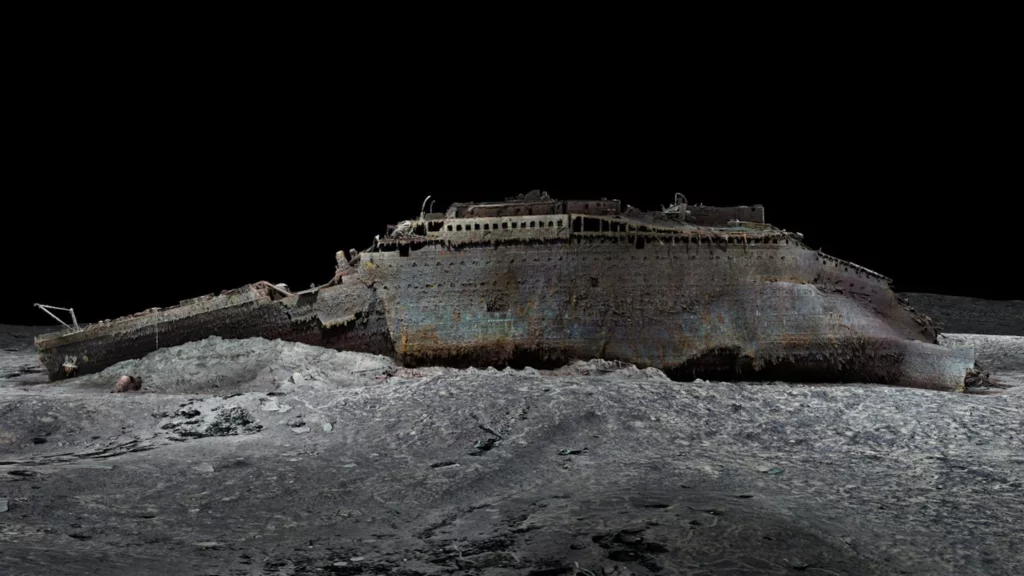A catastrophic encounter with an iceberg in 1912 on its inaugural voyage from Southampton to New York, claiming the lives of over 1,500 and made the Titanic a subject of relentless curiosity. Since its discovery in 1985 around 350 miles off the coast of Newfoundland, Canada, the shipwreck has yielded exciting glimpses of the past (and a pretty good movie).
Yet, the ship could only be captured in fragments at 12,500 feet (3,800 meters) down and lying amidst a sprawling debris field. Now, thanks to a new model, we can see it all.

In the summer of 2022, Magellan Ltd, a company specializing in deep-sea mapping, in collaboration with Atlantic Productions, which is making a documentary about the project, dedicated over 200 hours using remotely controlled submersibles. The group amassed over 700,000 images, captured from every conceivable angle, resulting in a 3D reconstruction.
On its website, Atlantic Productions said specially adapted cameras had been used “to produce footage and stills of the Titanic wreck as never been seen before…Using the submersible camera systems, the team performed dedicated photogrammetry passes on the wreck, allowing highly accurate and photoreal 3D models of RMS Titanic to be produced.”


Photogrammetry entails taking overlapping photographs of an object, structure, or space and converting them into two-dimensional or three-dimensional digital models.
Gerhard Seiffert, leading the planning for the expedition, acknowledged the unprecedented scale of the task at hand.
“The depth of it, almost 4,000 meters, represents a challenge, and you have currents at the site, too – and we’re not allowed to touch anything so as not to damage the wreck,” he told the BBC. “And the other challenge is that you have to map every square centimeter – even uninteresting parts, like on the debris field you have to map mud, but you need this to fill in between all these interesting objects.”

The resulting scan paints a picture that captures the Titanic’s former grandeur. The new project allows viewers to see everything from the rust-encrusted bow to unopened champagne bottles and personal possessions.
“It allows you to see the wreck as you can never see it from a submersible, and you can see the wreck in its entirety, you can see it in context and perspective. And what it’s showing you now is the true state of the wreck,” Stephenson said. “We really don’t understand the character of the collision with the iceberg. We don’t even know if she hit it along the starboard side, as is shown in all the movies – she might have grounded on the iceberg.”
The implications of this endeavor extend far beyond the Titanic itself. The techniques and methodologies employed in creating this model might just shape the future of underwater exploration.










